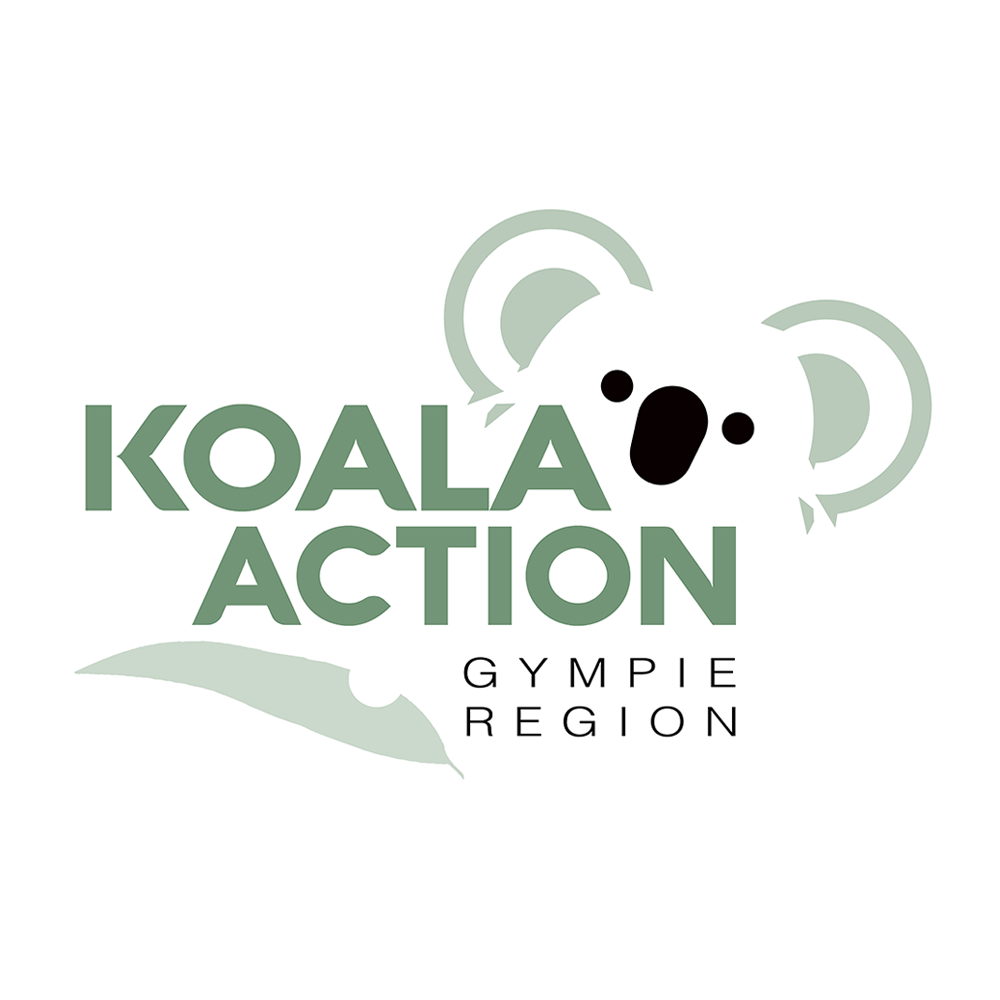Koala Research
The koala is now listed as Vulnerable under the EPBC Act in Queensland, New South Wales and the ACT.
This page is dedicated to Koala Research, both completed and ongoing studies, that may help us better understand Koala habitats and health requirements in South East Qld.
Using scientific data, we are able to assist in building stronger community awareness and advise on infrastructure changes that may impact koala habitat. We are happy to add any relevant information, so if you have a link or know of a current study please conact us so we can add it.

Koala mortality on roads
Koala mortality on roads in south-east Queensland: the koala speed-zone trial.
Abstract
In 1995, the Queensland Parks and Wildlife Service, the Queensland Department of Main Roads and Redland Shire Council initiated the Koala Speed Zone Trial in the Koala Coast, south-east Queensland. The aim of the trial was to assess the effect of differential speed signs on the number of koalas ( Phascolarctos cinereus) hit by vehicles in the Koala Coast from 1995 to 1999. REDA MORE…
How do koalas navigate an urban landscape
Patchy resources and multiple threats: How do koalas navigate an urban landscape?
Abstract
Urbanisation is increasing throughout the range of the koala (Phascolarctos cinereus) and has contributed to the decline of koala populations in many areas. In urban landscapes where koalas may need to travel considerable distances to access resources, they face increased risks of predation by domestic dogs and vehicular collision. READ MORE…
Reducing dog and koala interactions
Generating new directions for reducing dog and koala interactions: a social marketing formative research study.
ABSTACT
Koala populations are declining. Conservation of this Australian icon requires a whole of community approach. To effect change, researchers and practitioners must effectively engage the target community, be open to different ways of thinking, and be receptive to new ideas and directions that match the times. This article reports the application of social marketing to decrease dog and koala interactions READ MORE…
Decline causes of Koalas in South East Qld
Decline causes of Koalas in South East Queensland, Australia: a 17-year retrospective study of mortality and morbidity.
Abstract
Koala populations are in catastrophic decline in certain eastern Australian regions. Spanning from 1997–2013, a database derived from wildlife hospitals in southeast Queensland with N = 20,250 entries was classified by causes of morbidity and mortality. A total of 11 aetiologies were identified, with chlamydiosis, trauma, and wasting being most common. The clinical diagnosis at submission varied significantly over the observation period. READ MORE…
Rescue and Rehabilitation of Koalas
Decline causes of Koalas in South East Queensland, Australia: a 17-year retrospective study of mortality and morbidity.
Abstract
Koala populations in southeast Queensland are under threat from many factors, particularly habitat loss, dog attack, vehicle trauma and disease. Animals not killed from these impacts are often rescued and taken into care for rehabilitation, and eventual release back to the wild if deemed to be healthy. READ MORE…
Ranking and mapping koala habitat
Ranking and mapping koala habitat quality for conservation planning on the basis of indirect evidence of tree-species use: a case study of Noosa Shire, south-eastern Queensland.
Abstract
Mapping the habitat and distribution of a species is critical for developing effective conservation plans. Koala (Phascolarctos cinereus, Phascolarctidae) distribution is constrained by the nutritional and shelter requirements provided by a relatively small number of key tree species in any given area. Identifying these key species provides a practical foundation for mapping koala habitat and prioritising areas for conservation. READ MORE…
Estimating the population size
Comparison of three methods of estimating the population size of an arboreal mammal in a fragmented rural landscape
Abstract
Precise and accurate estimates of animal numbers are often essential for population and epidemiological models, as well as for guidance for population management and conservation. This is particularly true for threatened species in landscapes facing multiple threats. Estimates can be derived by different methods, but the question remains as to whether these estimates are comparable.. READ MORE…
Koala habitat change in Noosa Shire
Landscape legacies: Koala habitat change in Noosa
Shire, South-east Queensland.
Abstract
Present day Australian landscapes are legacies of our colonial history, while future landscapes will be legacies of ecological processes and human impacts occurring today. This paper investigates the legacies of European settlement of Noosa Shire, South-east Queensland, with particular emphasis on the economic and political drivers and the resultant loss and fragmentation of Koala Phascolarctos cinereus habitat. READ MORE…
Disease and Comorbidity Trends in Morbidity
A Necropsy Study of Disease and Comorbidity Trends in Morbidity and Mortality in the Koala (Phascolarctos cinereus) in South-East Queensland, Australia.
Abstract
Koalas are an iconic Australian marsupial undergoing precipitous population reduction in South-East Queensland from complex interacting threats. To investigate the causes of death and the interaction of comorbidities with demography in South-East Queensland koalas, a large scale, high-throughput prospective necropsy survey was conducted spanning 2013–2016. During this period, 519 necropsies were conducted in 155 young/subadult koalas, 235 mature, 119 old koalas and 10 of unknown age. READ MORE…
